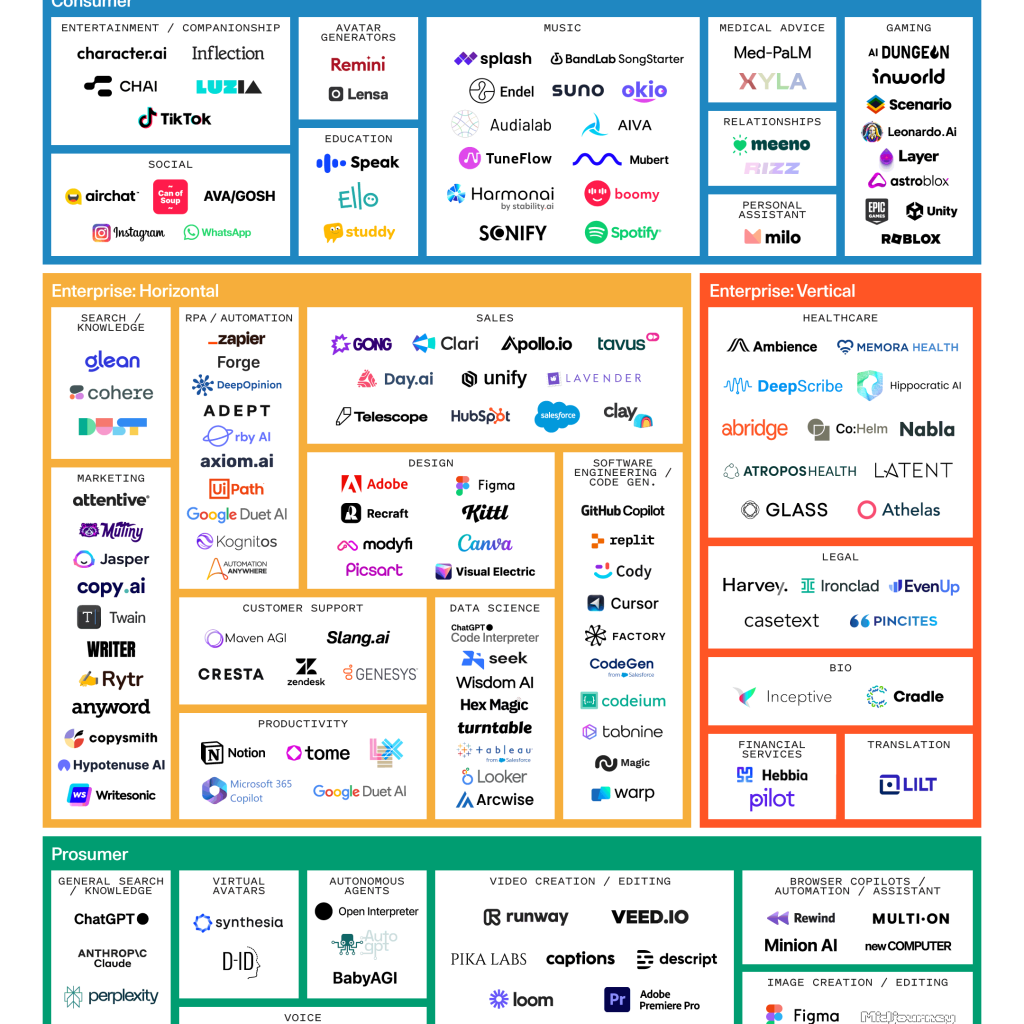In the past, Hollywood’s working-class actors and writers enjoyed a steady income and a better employment environment, thanks to the residual system. This system allowed them to be paid both for their initial work and again for reruns, mostly by affiliates and independent stations. However, the entertainment industry has undergone significant changes since the early 1980s, with the proliferation of competing networks on cable and the fusion of big-screen digital TVs and streaming about a decade ago. These changes have challenged the traditional residual system and have made it harder for working-class actors and writers to earn a living.
The fragmented market
The advent of high-quality, big-screen TVs at falling prices has posed a challenge to movie theaters, leading to a decline in the number of tickets sold. While releases with mega stars, high action, complex visual effects, and a lot of noise still have theater screen appeal, ordinary drama, and comedy now require more compelling stories to draw Americans away from their couches and into theaters. As a result, the market has become fragmented, with more choices for consumers in terms of outlets for new movies and TV shows and a vast catalog of content dating back to the earliest motion pictures.
This has made it tougher for working-class actors and writers to earn a living. Writers’ rooms have become smaller, fewer writers work on set, and streaming series typically have around 10 episodes per season, compared to linear TV’s 22. Working-class actors now scramble more to piece together enough employment. Residuals, which were once crucial to the long-term income of actors and writers, now have much smaller payouts than they did when theaters and broadcast and cable TV dominated.
The impact of AI on the industry
The introduction of artificial intelligence (AI) could further impact the livelihoods of working-class actors and writers. Much of what writers do is highly formulaic, and AI programs will soon be able to produce first drafts of such content. This could reduce the number of writers needed for a movie or show from four or eight to just one or two. Similarly, actors are concerned that their identities will be appropriated by computer recreations. Writers also need limits on the use of characters and the fictional worlds they create, a problem that also faces fiction writers in print and online publishing.
The future of Hollywood
If the Screen Actors Guild and Writers Guild of America succeed in imposing overly strict limits on the use of AI by major studios and incumbent streaming services, new independent producers and services could emerge. These new entrants would employ actors and writers and offer more flexibility. Actors and writers willing to permit more liberal use of their likenesses and creative work would thrive in this new environment.
The entertainment industry’s entry barriers are not high, as demonstrated by Netflix and Amazon.com, which have become producers of original content and streaming services. The industry’s problems have worsened as more Americans opt out of cable and rely on streaming. The big studios and other entrepreneurs have rushed into streaming, leading to an overfished market. Subscription fees are rising, but the number of movies and shows produced must get smaller or less expensive to produce.
The changing landscape of the entertainment industry, coupled with the potential impact of AI, poses challenges for working-class actors and writers. The residual system that once provided them with a steady income has been disrupted by the advent of streaming and the fragmentation of the market. AI could further reduce the demand for their services. However, if they are willing to adapt and permit more liberal use of their likenesses and creative work, they could thrive in the new environment. The industry is at a crossroads, and its future will depend on how it navigates these challenges.





